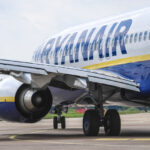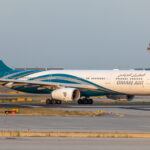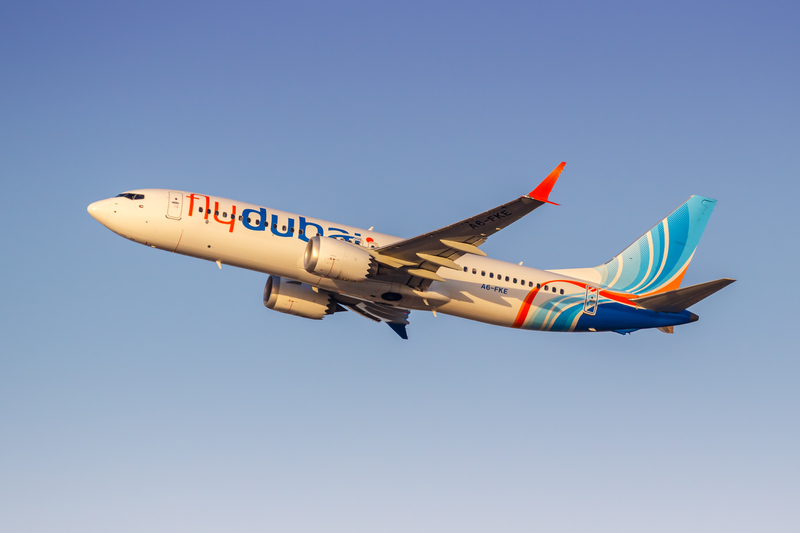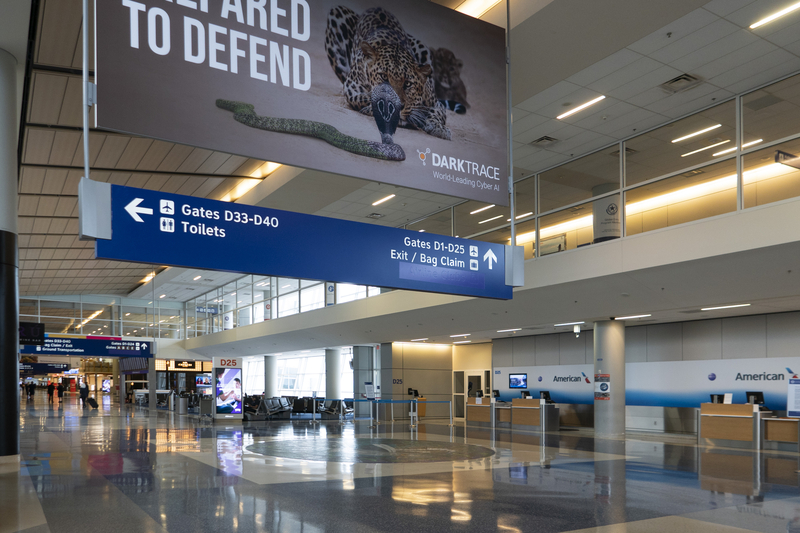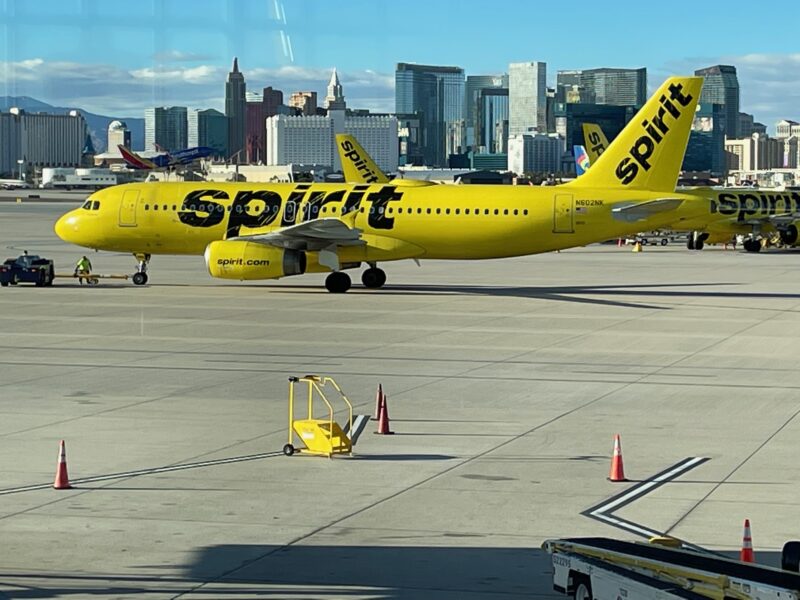U.S. Airlines Brace for the Biggest Thanksgiving Travel Surge in 15 Years
Busiest Thanksgiving in 15 Years for U.S. Airlines
Airports across the United States are about to hit their most intense Thanksgiving rush since 2010. The Federal Aviation Administration (FAA) expects more than 360,000 flights to operate during the core holiday window, a volume that pushes the system back to pre-pandemic peak territory. The heaviest day of the period is forecast to be Tuesday, November 25, when just over 52,000 flights are scheduled to crisscross the country. By contrast, Thanksgiving Day itself—Thursday, November 27—should be the quietest day for departures, before the return-travel wave builds again through the weekend.
The surge in flights reflects what airlines are seeing in demand. Industry forecasts indicate carriers will transport about 31 million passengers over the ten-day Thanksgiving travel stretch in late November, roughly one percent more than last year. Airlines are also adding tens of thousands of extra seats versus 2024 to keep pace with bookings, which is part of why capacity looks so high even by holiday standards.
FAA Says the Airspace Is Back to Normal After Shutdown Cuts
This Thanksgiving rush arrives just after a rare disruption to U.S. aviation: the extended federal government shutdown that strained air traffic control staffing and triggered flight-reduction orders at 40 major airports. Those emergency limits have now been lifted, and the FAA says controller staffing “snap-back” has continued steadily since the shutdown ended. With fewer controller absences and far fewer staffing-trigger events reported in recent days, normal scheduling has resumed across the National Airspace System.
That return to full operations matters. The Thanksgiving wave would be far harder to manage if the earlier capacity cuts were still in place. Instead, airlines are entering the holiday period with a system that is operating at regular volume again—even if that volume is unusually heavy.
What Travelers Should Expect This Week
Even with restrictions lifted, high traffic alone increases the odds of knock-on delays, especially at major hubs during morning and evening banks. Long-haul flights and tightly timed connections are the most vulnerable, because any small disruption early in the day can cascade into missed slots or gate congestion later on. Weather also remains the biggest wild card. Strong seasonal fronts moving across the Midwest and Northeast can quickly overwhelm schedules when airports are already full.
The good news is that the overall reliability trend has improved compared to the shutdown period. Cancellation rates have fallen sharply since the system reopened, though delays are still likely to spike on peak travel days simply because runways, gates, and staffing are being used at maximum intensity.
How to Give Yourself the Best Chance of a Smooth Trip
The usual holiday advice is especially relevant this year. If you can, fly earlier in the day—those flights are less exposed to compounding setbacks. Build extra time into any connection, and treat a tight layover as a risk rather than a plan. Keep your airline app installed and notifications on, because gate changes and rolling delays tend to happen fast in holiday conditions. And if you’re checking bags, assume longer lines at both bag drop and baggage claim.
Finally, have a fallback mindset. A crowded system means fewer spare seats when something goes wrong. If your travel timing is flexible, even shifting by a day can open far more rebooking options.

